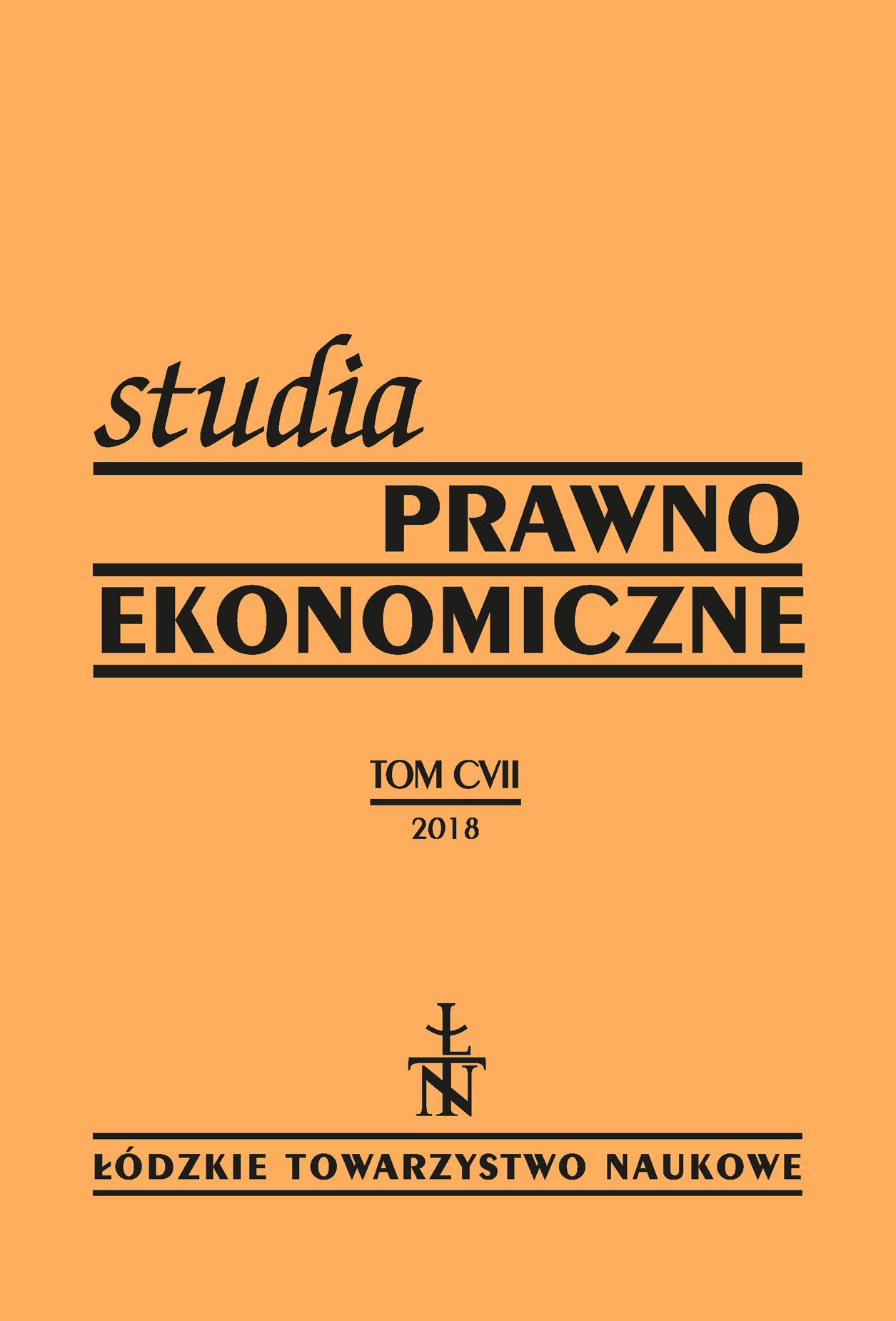Changes in the Economic and Social Cohesion of the German States in the years 2000-2015
DOI:
https://doi.org/10.26485/SPE/2018/107/18Keywords:
Economic and social cohesion, Germany, GDP, gross wages, employment rate, unemployment rateAbstract
The paper seeks to determine the occurrence of economic and social cohesion between German Länder. To achieve this aim, the author used the following methods: analysis of the literature, descriptive statistics, dissipation and clustering analysis. The research is based on data downloaded from the Federal Statistical Office (Destatis). Four variables were taken into consideration: GDP per capita, gross wages per worker, the employment rate and the unemployment rate. The study covered the period from 2000 to 2015, including a breakdown into two sub-periods: 2000-2008 (before the global financial crisis) and 2008-2015 (after the start of the crisis).
The results of the research show that the disparities in the level of economic and social development between the Länder of Germany (East and West) decrease very slowly, before and after the outbreak of the crisis. In the analyzed period, the process of the GDP level catching up was relatively quick, followed by the level of wages, while the employment and unemployment levels were the slowest to catch up. However, despite catching up in development, there is still a large gap between the Eastern and Western Länder in terms of the basic economic indicators



